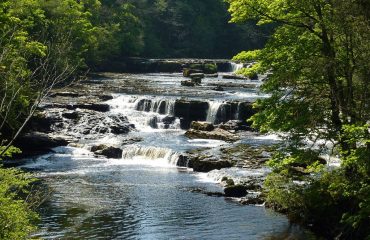by Jonathan Rudd
<br>They were once the destination for thousands of clubbers looking to party the night away, with top name DJs spinning the tunes of the day. Now, due to drugs, changes in culture, financial ruin and fires, these nightclubs are now just a hazy memory.</br>
1. Tall Trees – Yarm
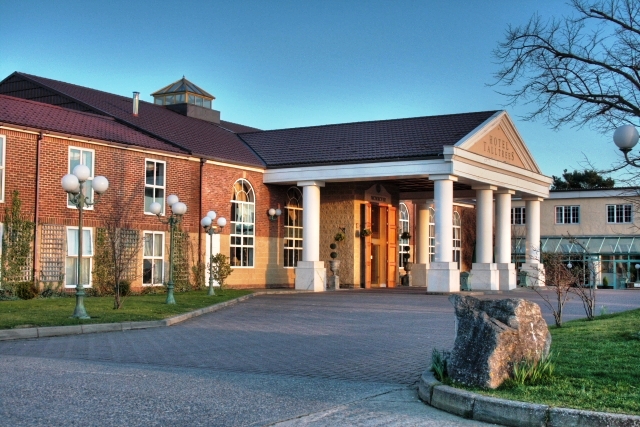
The small, unassuming North Yorkshire town of Yarm was for a time a mecca to revellers across the North for the superclub, Tall Trees. The complex started life as a hotel in the 1960s, before the nightclub was added in the 1980s. Joining the superclub boom of the 1990s, Tall Trees attracted some of the top names in clubland, including Paul Taylor who created the Retro night, which ran here for 14 years and became one of the most successful club events. Despite the decline of superclubs in the noughties, Tall Trees carried on before finally shutting its doors in 2010. The hotel also closed shortly after and stood derelict, until it burned to the ground during a fire in 2014. The site where the hotel and nightclub once stood is now a housing estate.
2. Majestyks – Leeds
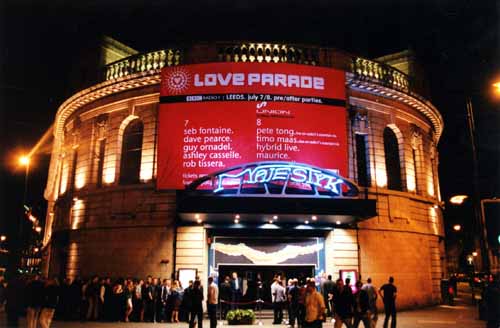
Once upon a merry time in the centre of Leeds, nightlife revolved around Majestyks on Boar Lane. The distinctive old, circular building was built in 1922 as the Majestic cinema and then became a bingo hall in the 1960s. The cinema closed in 1969 and the venue carried on calling the bingo until 1996. The following year it re-opened as Majestyks Nightclub, attracting top name DJs and celebrity punters, including infamously two well known Leeds United footballers. Like many superclubs the dancefloor thinned out in the mid noughties and finally shut its doors in 2006. In 2014 the empty building caught fire, causing severe damage to the 92 year old structure. The building is now to be the home of Channel 4’s Northern studios.
Having it large 90s style at Majestyks
3. Ikon Diva – York
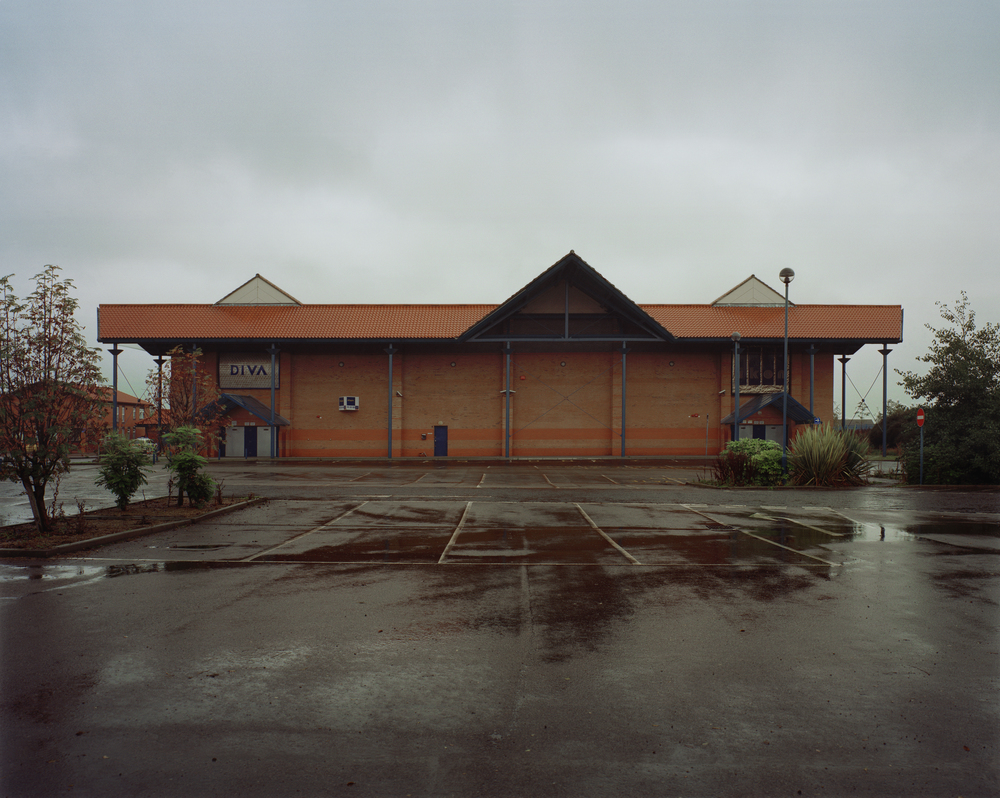
Opening in 1999, Ikon Diva in York could be considered slightly late to the party. York’s only superclub was out of town on Clifton Moor Retail Park. As part of a natiowide franchise, Ikon Diva had many top DJ names on the decks, including Judge Jules and Leeds’ own Rob Tissera. However a series of controversial incidents blighted the superclub’s short stay as York’s largest party venue. In April 2004 the management were fined £16,000 for selling sub-standard spirits. On the very next night, the club’s night bus, which ferried revellers from Clifton Moor to the city centre crashed when a drunken passenger tried to take control of the wheel after the driver refused to stop near his home. One person was killed and the club was blamed for an ’irresponsible’ drinks promotion which led to over intoxication of its customers. These two incidents marked the beginning of the end for Ikon Diva and the club closed the following year.
4. Lexington Avenue (LA’s) – Hull
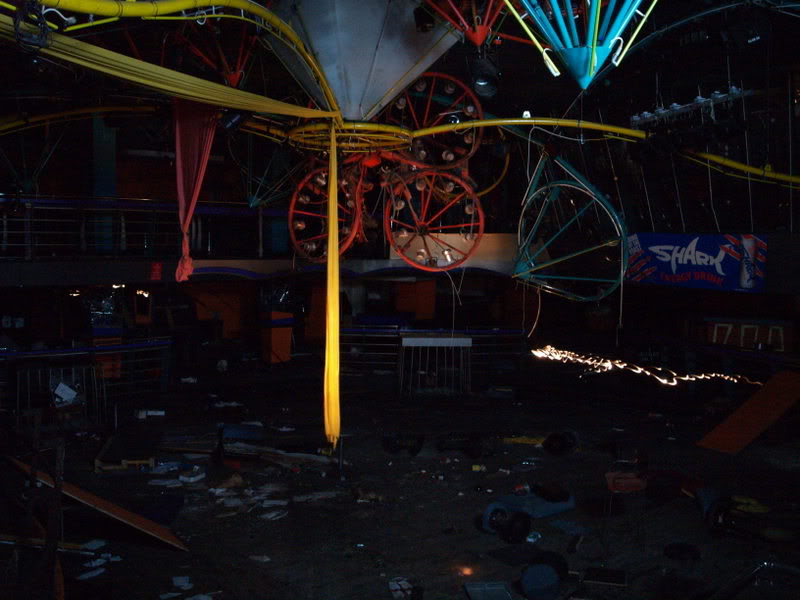
Over in Hull, Lexington Avenue, or LA’s as locals would call it started life as the Locarno ballrom in 1961, before moving with the times and becoming a disco club in the 1970s under the name ‘Tiffanys’. Then in 1986 the club was re-named Lexington Avenue and became a nightclub, undergoing million pound refurbishments and obtaining a late license to remain open until 2am. This made LA’s the place to go once the pubs in Hull city centre closed at 11pm. While it never quite attracted the big names as its more trendy compatriots on this list, the club built up a legendary status in the city. Acts like Take That, Black Box and Beverley Knight all appeared here over the years to name a few. There were smaller rooms too, such as the Reflections 80s room and the Orleans r ‘n’ b lounge, plus it’s very own American style diner. The club was also renowned for its midweek theme nights, such as the Bus Stop 70s nights and Old Skool dayz school disco themed parties. As the Millennium passed, seemingly LA’s was to go on and on, but suddenly out the blue, in 2005 the receivers were called in and Lexington Avenue was suddenly no more, just days after being packed for one of its famed school disco nights. LA’s nightclub eventually met the bulldozer four years later and nowadays the site is a Hilton Hotel, with merely an upstairs bar named after the club in which it replaced.
5. Gatecrasher – Sheffield
Opened in 1996 in an old warehouse dating back to 1910, Gatecrasher became Yorkshire’s party capital. While other nightclubs on this list drew in a more local crowd, clubbers the length and breadth of the UK would descend on Sheffield to sample the unique Gatecrasher clubbing experience. It even had its own fan club, known as The ‘Crasher Kids,’ who were to be seen every week dressed in rave gear, such as neon trousers, dog collars and day-glo paint. The club was famous for its trance music nights, with resident DJ Judge Jules a regular on the decks. At the Millennium it was reported 25,000 clubbers attended Gatecrasher for its New Year’s Eve Party.
As the noughties wore on and as club culture began to fade the famous Gatecrasher nights became fewer and further between, being held monthly rather than weekly. The venue was also regularly raided by police as the drugs took over and the Crasher kids were marginalised by a younger, trendier clubber.
Then, on 16th June 2007 distaster struck when the Gatecrasher nightclub caught fire. As the blaze ravaged through the near hundred year old building the damage was terminal. Busloads of clubbers from all over the country arrived on Matilda Street to lay flowers and mourn the loss of their party Mecca. In the years that followed, proposals to re-launch Gatecrasher in Sheffield were blocked by the local council. In 2016 the Gatecrasher student accomodation opened on the site of the old nightclub, although its residents may never experience clubbing quite like on the spot where they wake up every morning.



